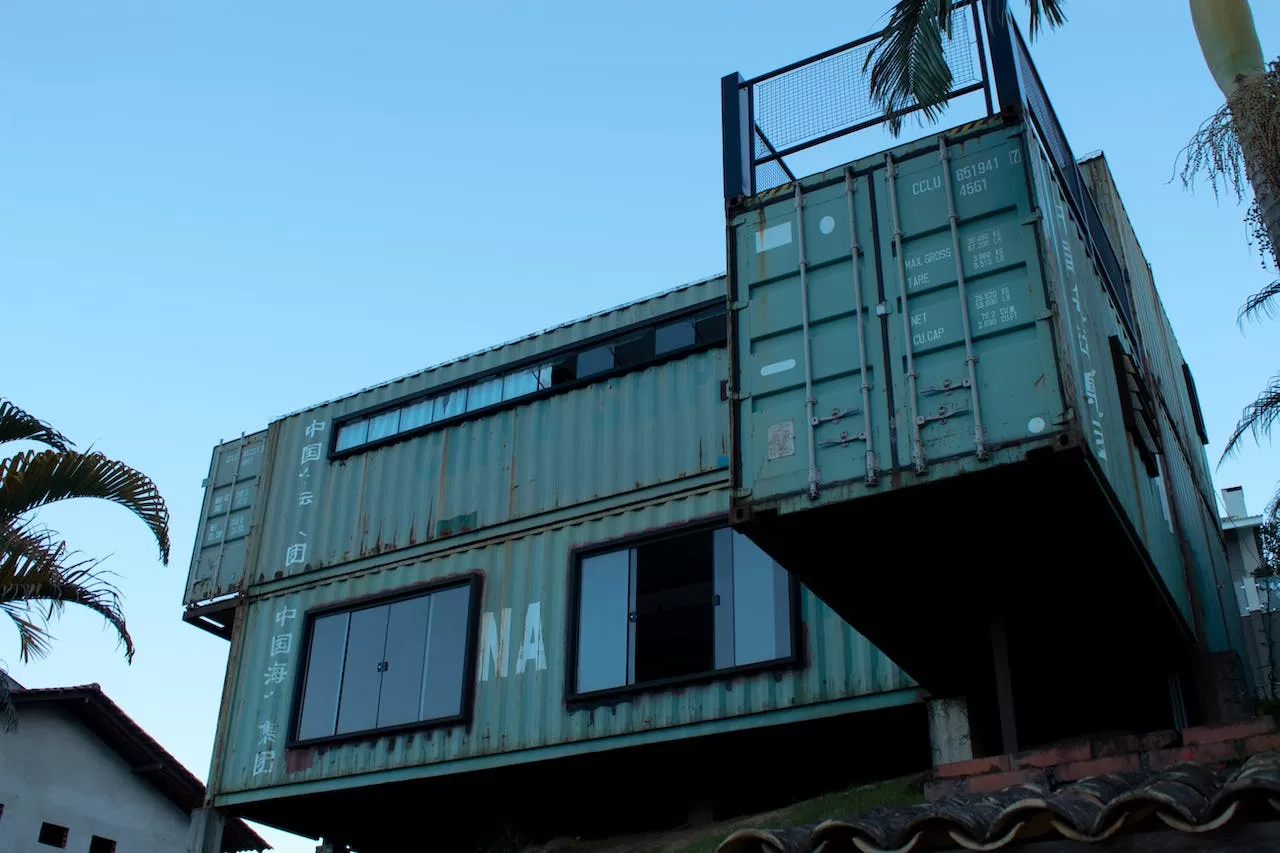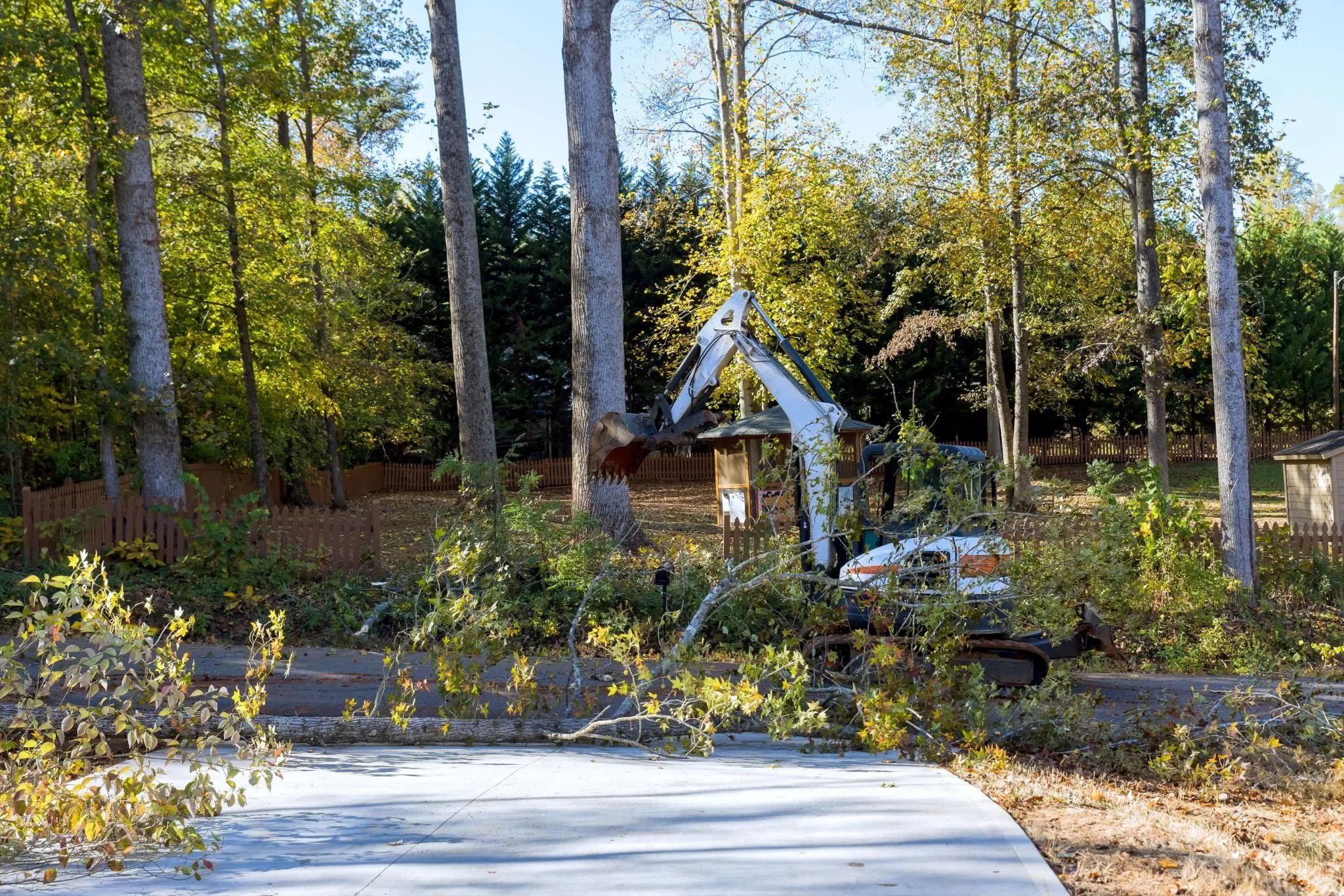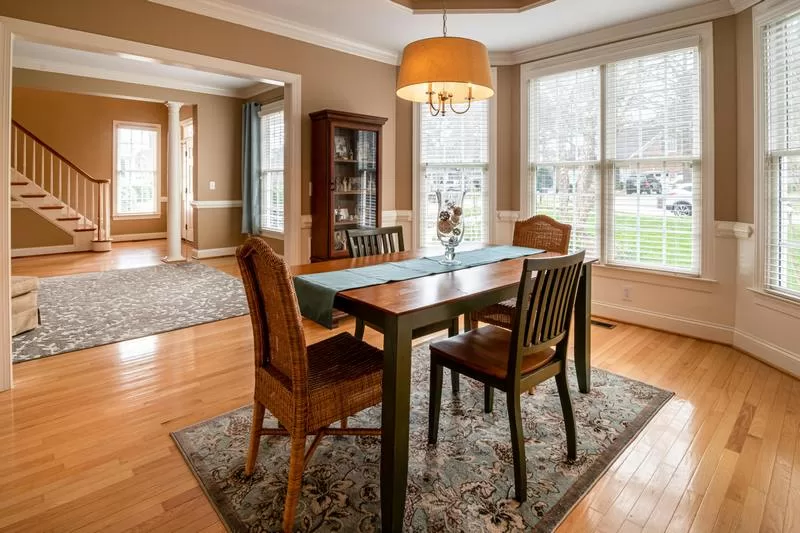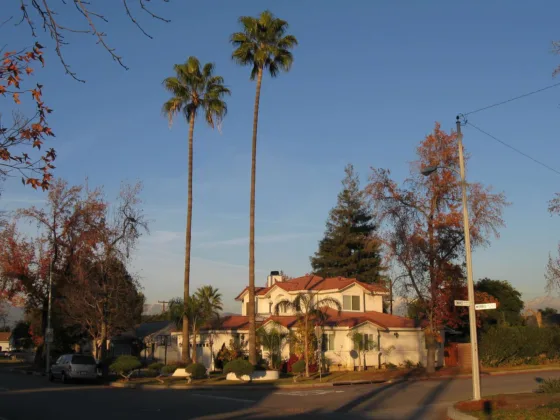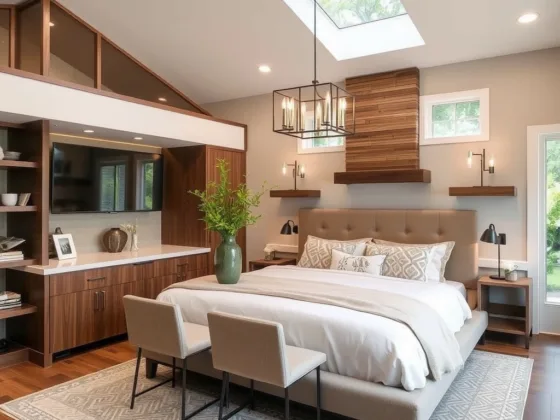In this article, we’ll break down the costs of building shipping container homes.
We’ll explore the expense of acquiring containers, preparing the site, and establishing a sturdy foundation. You can find here more about it.
Additionally, we’ll delve into the costs of insulation, interior finishing, and necessary plumbing and electrical installations.
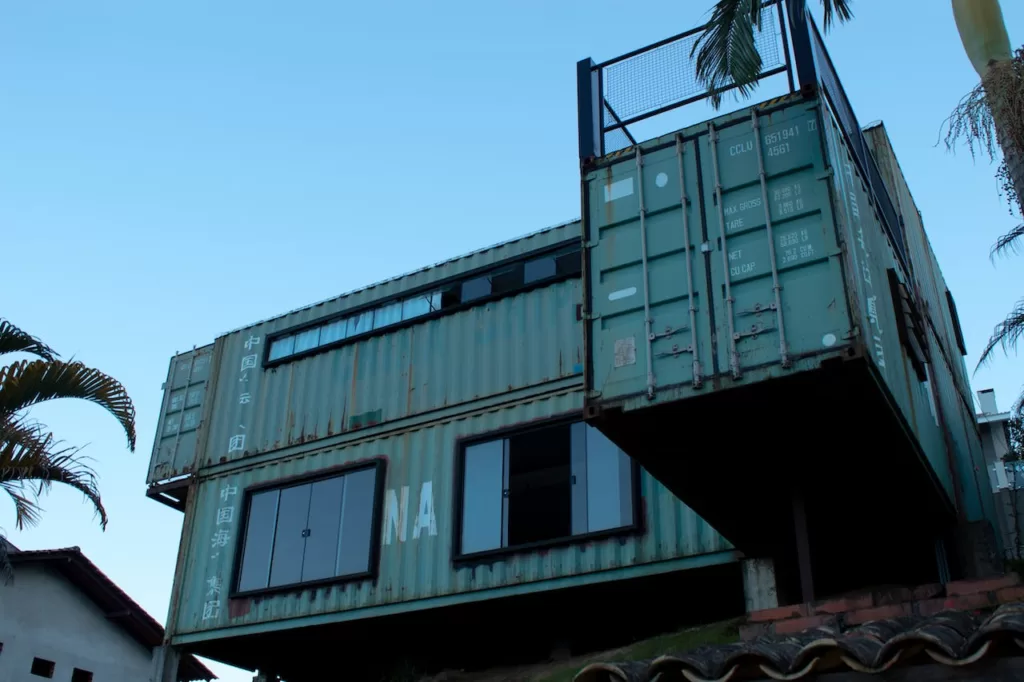
Don’t forget about permits and legal fees, as well as other considerations that may impact your budget.
Join us as we uncover the true cost of creating your own container home.
Cost of Container Acquisition
To begin with, we acquired the shipping containers for our home at a reasonable cost. Container sourcing played a crucial role in finding the best options within our budget.
We considered various container price factors, such as size, condition, and age. Opting for second-hand containers helped us save money without compromising on quality.
We also took into account the container customization we wanted, such as adding windows and doors. This influenced our decision-making process and allowed us to allocate funds accordingly.
Another aspect we had to consider was the container delivery costs. Depending on the distance and accessibility of our location, these costs varied.
Site Preparation Expenses
How did we determine the site preparation expenses for our shipping container home?
To calculate these costs, we took into account several factors, including landscaping expenses, environmental impact, transportation costs, soil testing, and excavation costs.
Landscaping expenses involved clearing the site, removing any trees or shrubs, and preparing the ground for construction.
We also considered the environmental impact of our project, ensuring that our site preparation activities were conducted in an environmentally responsible manner.
Transportation costs were incurred for delivering equipment and materials to the site.
Soil testing was necessary to determine the stability and suitability of the ground for building.
Finally, excavation costs were incurred to level the site and create a solid foundation for our shipping container home.
Foundation and Structural Costs
For our shipping container home, we determined the foundation and structural costs based on various factors, including the size and design of the home, material choices, and the expertise required for construction.
When it comes to construction techniques, we opted for a combination of traditional methods and container-specific techniques to ensure a strong and stable foundation.
Material choices played a significant role in determining the costs as well. We considered both the durability and cost-efficiency of different materials, ultimately settling on a mix of concrete and steel for the foundation and structural elements.
Read Also :
Labor expenses were also taken into account, considering the expertise required for container home construction.
Design considerations, such as the complexity of the layout and the number of floors, influenced the costs as well.
Insulation and Interior Finishing
We considered various factors to determine the insulation and interior finishing costs of our shipping container home.
When it comes to insulation options, we found that spray foam insulation is the most effective in terms of energy efficiency. While it may be more expensive upfront, it provides better insulation and can save on heating and cooling costs in the long run.
As for interior design, we opted for a minimalist and modern approach, using sleek and durable materials such as metal and glass. To ensure soundproofing, we employed techniques such as double-glazed windows and acoustic insulation.
Our material choices included recycled and sustainable materials, not only for environmental reasons but also to reduce costs.
Plumbing and Electrical Installations
To address the plumbing and electrical needs of our shipping container home, we hired professionals to handle the installations.
For the plumbing layout, the experts carefully planned and executed the placement of pipes and drains to ensure optimal functionality and efficiency.
They also installed electrical wiring throughout the home, ensuring that all outlets and switches were properly connected and compliant with safety regulations.
Fixture installation was another crucial aspect that the professionals took care of, ensuring that sinks, toilets, showers, and other fixtures were properly installed and functioning correctly.
The water heater was strategically placed to provide hot water to all areas of the home.
Finally, utility connections were made to ensure that our home had access to water, electricity, and gas.
Permits and Legal Fees
Obtaining the necessary permits and paying the associated legal fees is an essential step in the process of building a shipping container home.
Before starting the construction, it’s important to understand and comply with the zoning regulations and building codes of the specific area where the home will be located. This involves conducting research and consulting with local authorities to ensure that the project meets all requirements.
The permit application process includes submitting detailed plans and specifications, along with any necessary environmental impact assessments. It’s also advisable to seek legal consultations to ensure that all legal obligations are met throughout the construction process.
These fees and expenses can vary depending on the location and complexity of the project, so it’s crucial to budget accordingly and allocate funds for permits and legal fees.
Additional Costs and Considerations
Before diving into the costs and considerations of building a shipping container home, it’s important to address some additional factors that may impact your budget and decision-making process.
One such factor is maintenance expenses. While shipping containers are sturdy and durable, they still require upkeep to ensure their longevity. This includes regular inspections, rust prevention, and possible repairs.
Design customization is another consideration. While the basic structure of the container is already in place, you may want to modify it to suit your needs and preferences. This could involve adding windows, doors, insulation, or even joining multiple containers together.
Don’t forget about furniture and appliances. These are essential for making your container home functional and comfortable. Consider the cost of purchasing and installing these items when planning your budget.
Landscaping costs should also be taken into account. Creating an outdoor space around your container home can enhance its aesthetic appeal and provide additional living areas. This may include landscaping, hardscaping, and the installation of outdoor furniture.
Lastly, it’s important to consider the long-term sustainability of your shipping container home. Factors such as energy efficiency, water conservation, and renewable energy sources should all be taken into consideration to reduce your environmental impact and save on utility costs in the long run.
Frequently Asked Questions
Can Shipping Container Homes Be Easily Transported to a Different Location if Needed?
Shipping container homes can be easily transported to different locations if needed. We need to consider transportability, relocation options, logistical considerations, and ease of moving. Transportation costs are also a factor.
What Are the Maintenance Costs Associated With Owning a Shipping Container Home?
Maintenance costs for shipping container homes depend on durability factors, such as the condition of the containers and the quality of construction. Long-term investment requires budgeting for repair expenses and regular upkeep requirements.
Are There Any Restrictions or Regulations on Building Shipping Container Homes in Certain Areas?
In certain areas, there may be restrictions and regulations on building shipping container homes. These limitations vary by location and can affect the design, size, and placement of the homes.
Can Shipping Container Homes Be Customized to Fit Specific Design Preferences?
Yes, shipping container homes can be customized to fit specific design preferences. There are many customization options available, allowing for design flexibility and personalization choices. Tailor-made designs can be created to suit individual preferences.
Are There Any Potential Challenges or Limitations When It Comes to Insulating Shipping Container Homes in Extreme Climates?
Challenges arise when insulating shipping container homes in extreme climates due to limitations. Proper insulation is necessary to regulate temperatures, prevent condensation, and ensure energy efficiency. This can increase overall costs.
Conclusion
In conclusion, when considering the cost breakdown of shipping container homes, it’s important to take into account various factors such as:
– The acquisition of containers
– Site preparation
– Foundation and structural costs
– Insulation and interior finishing
– Plumbing and electrical installations
– Permits and legal fees
– Additional costs and considerations
By carefully evaluating these expenses, individuals can make informed decisions and plan their budget accordingly to create their dream container home.
